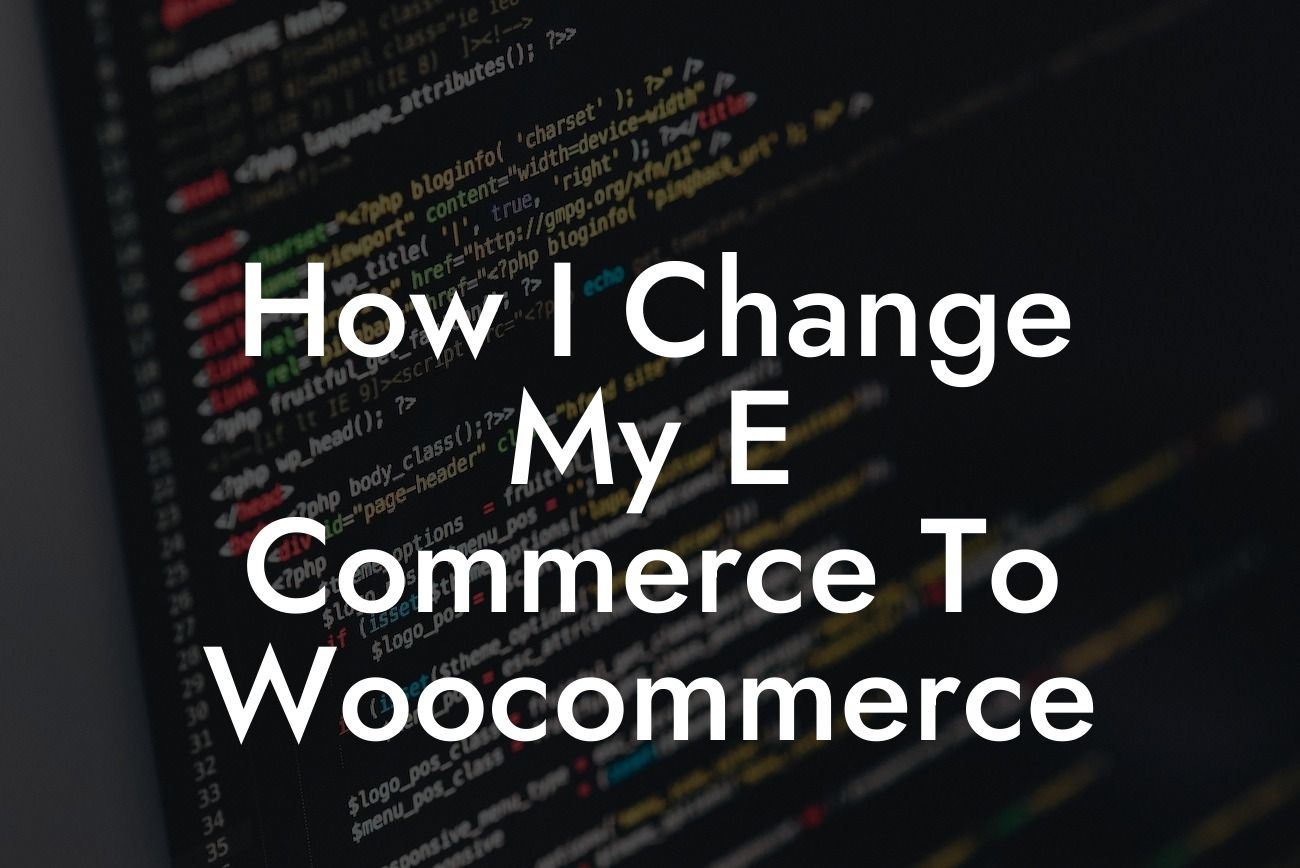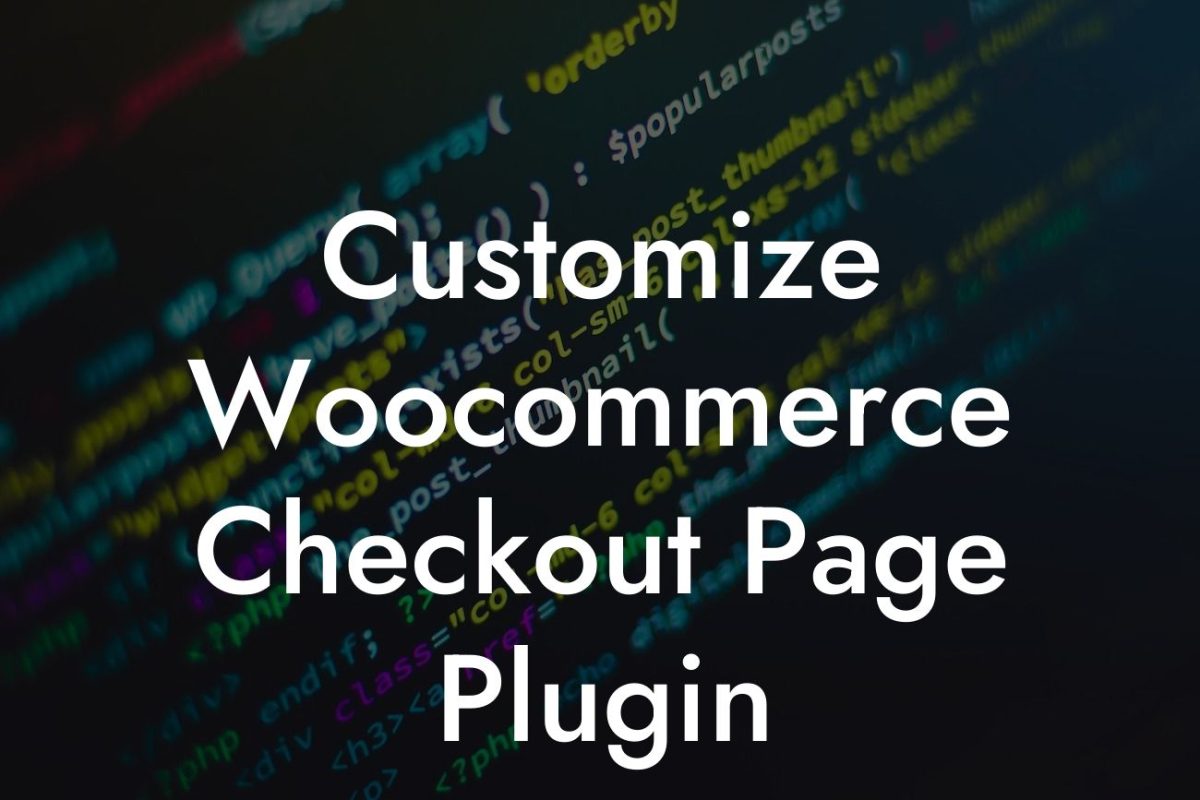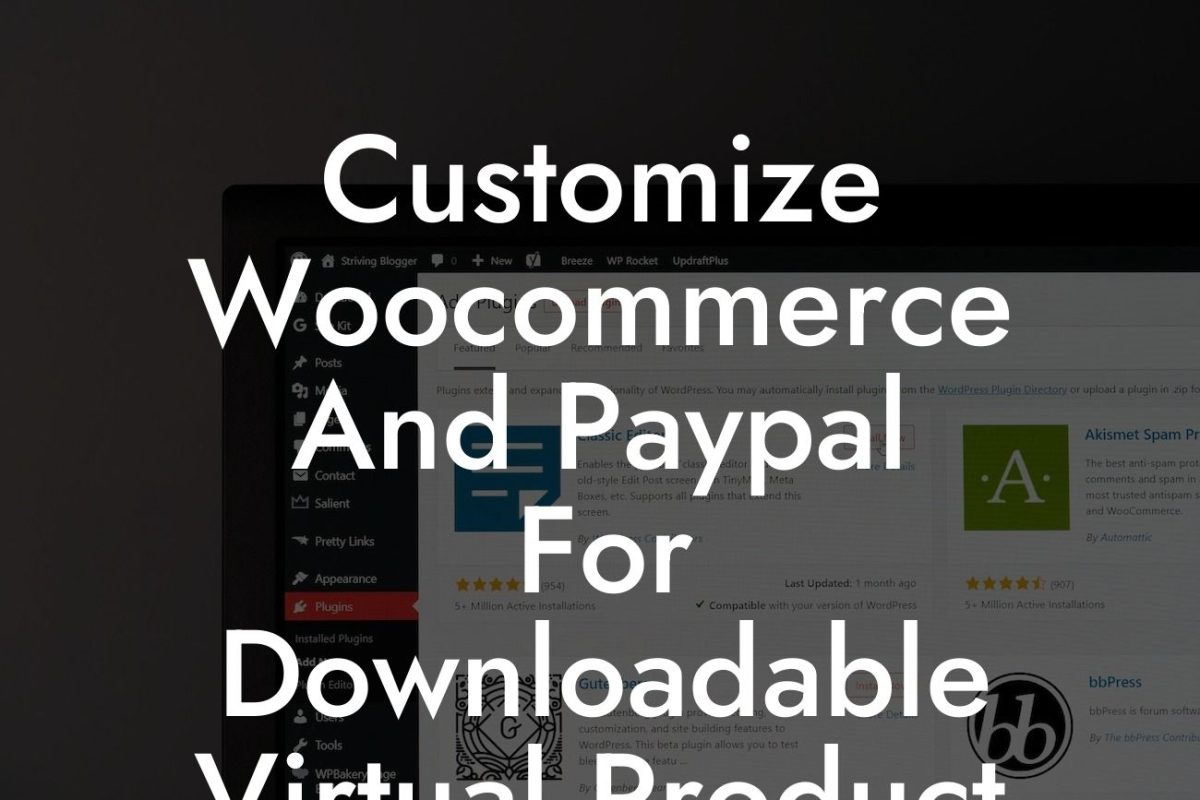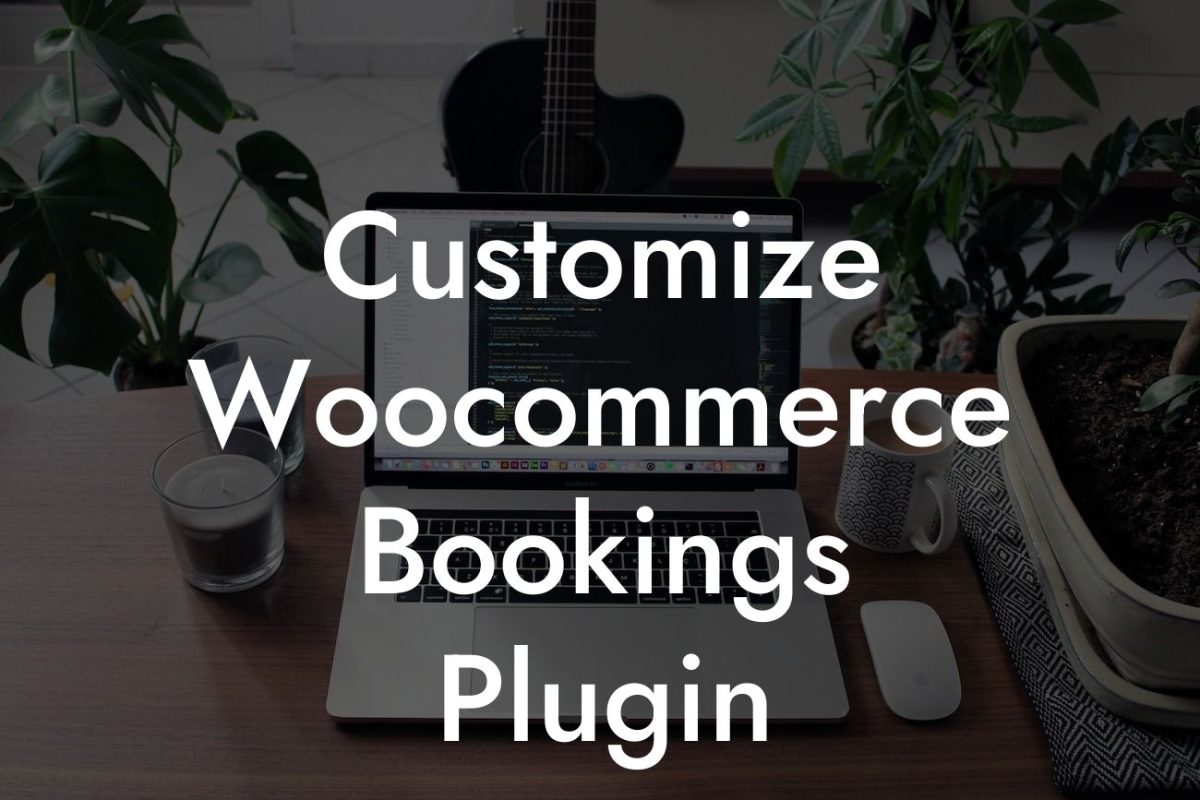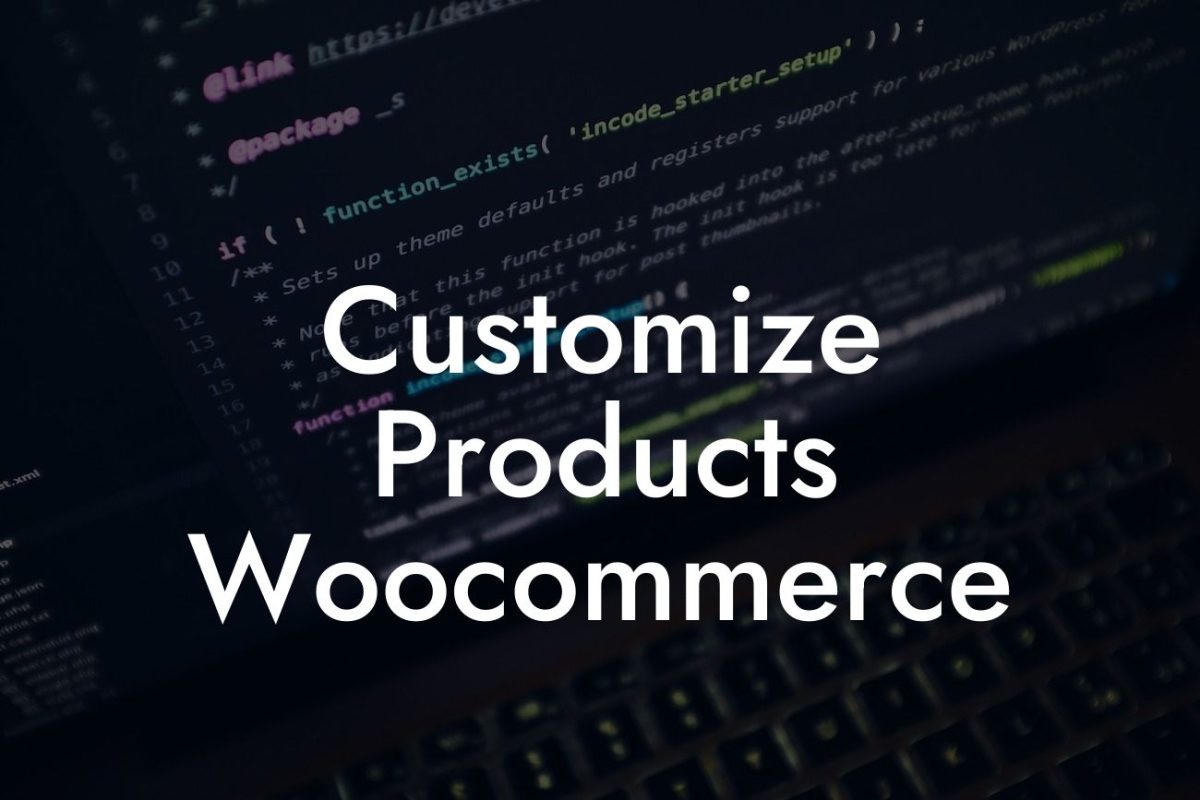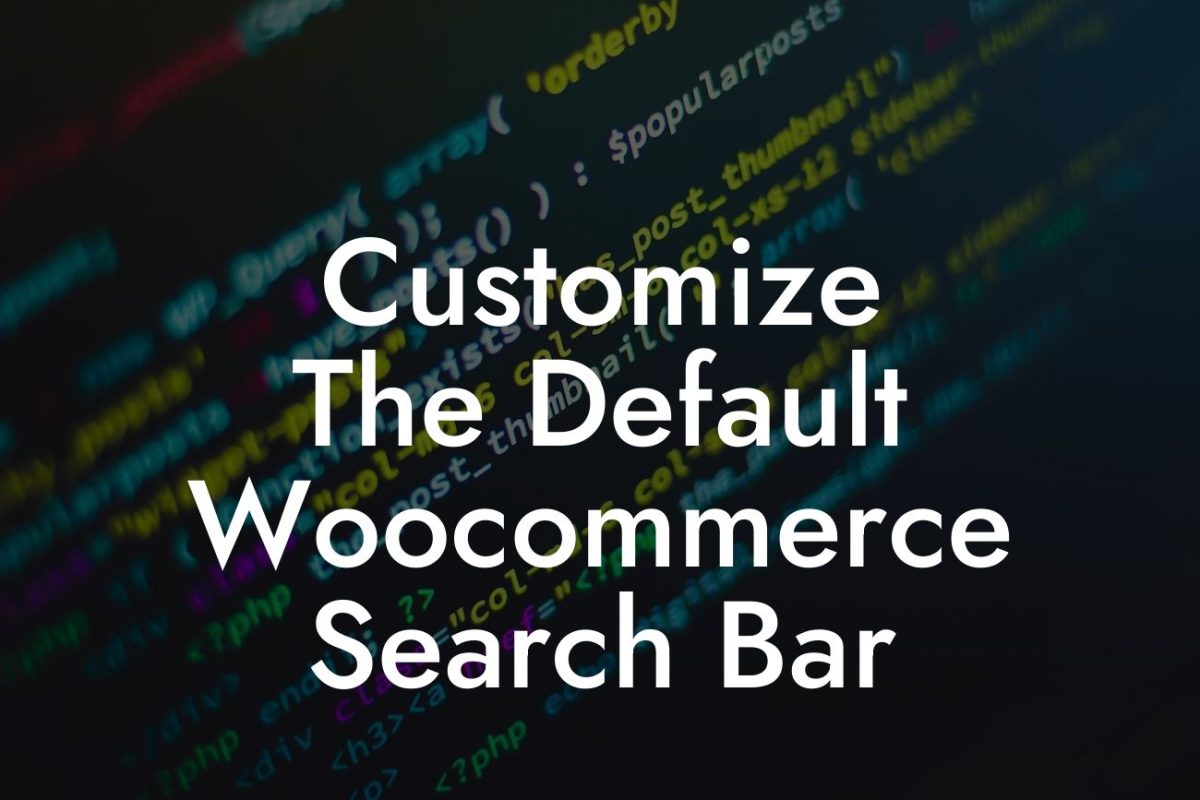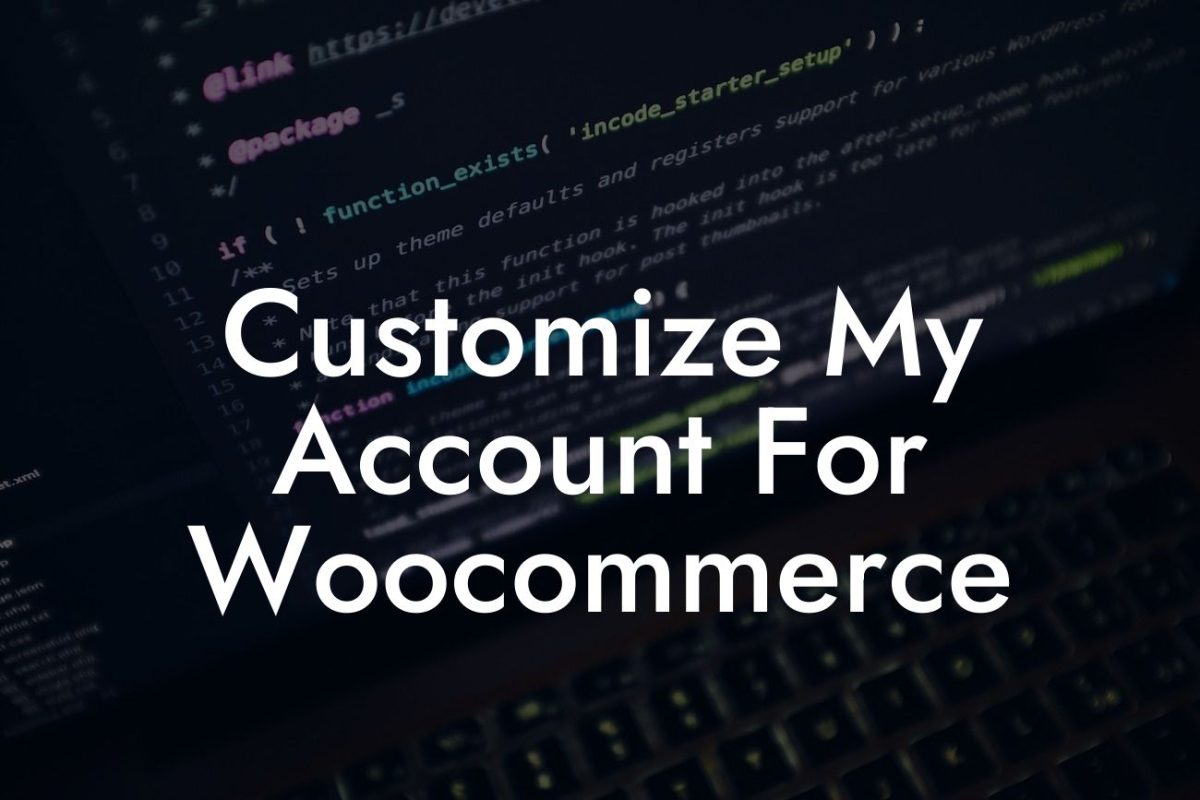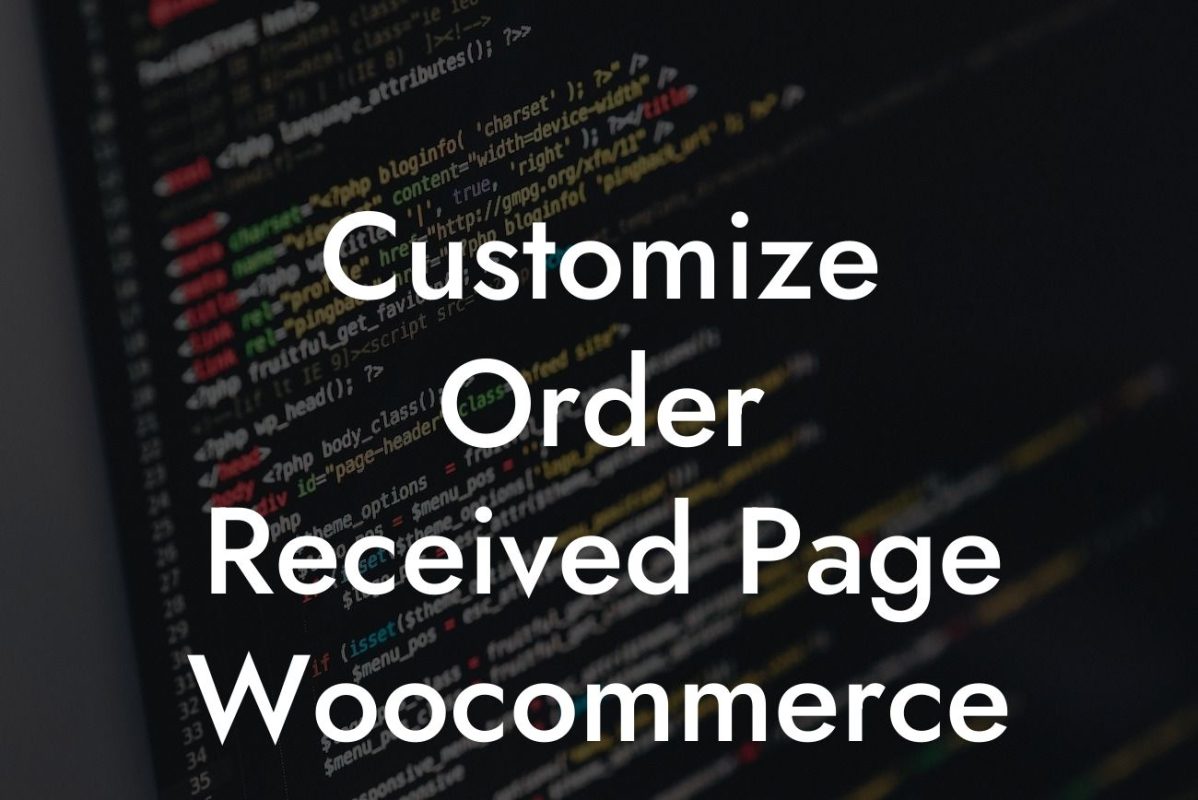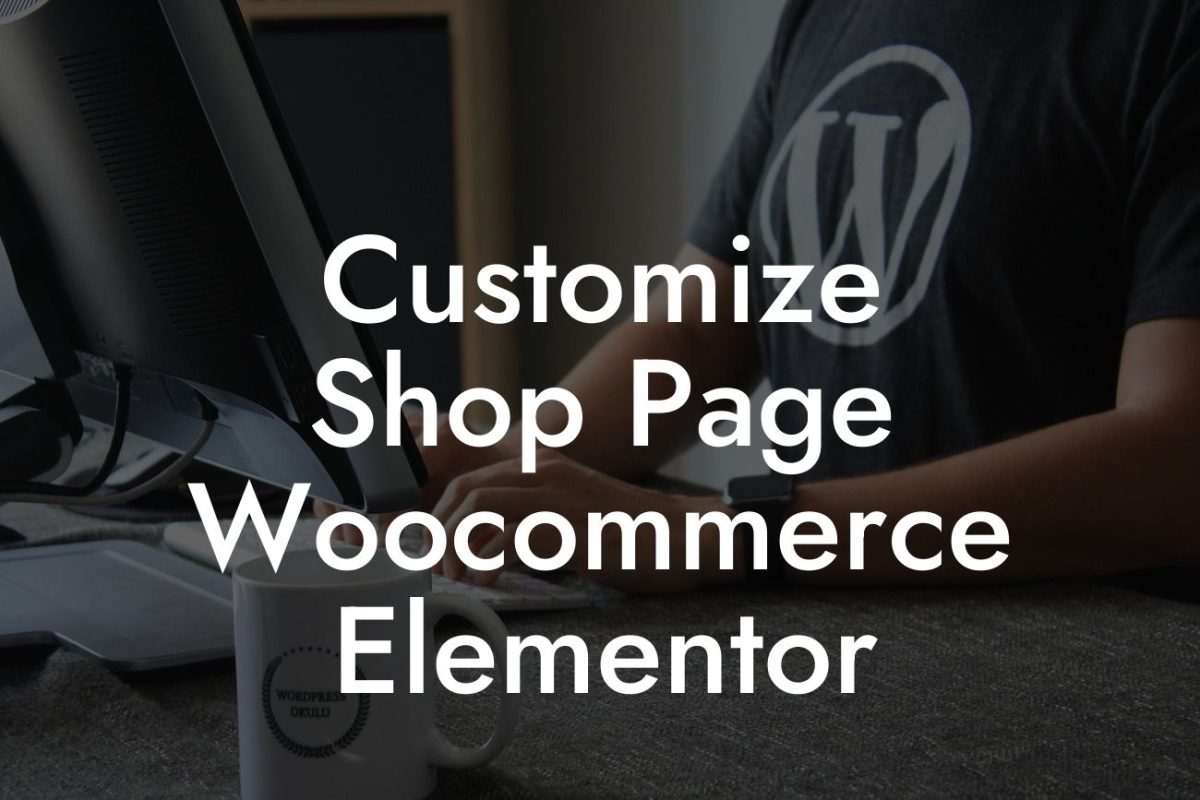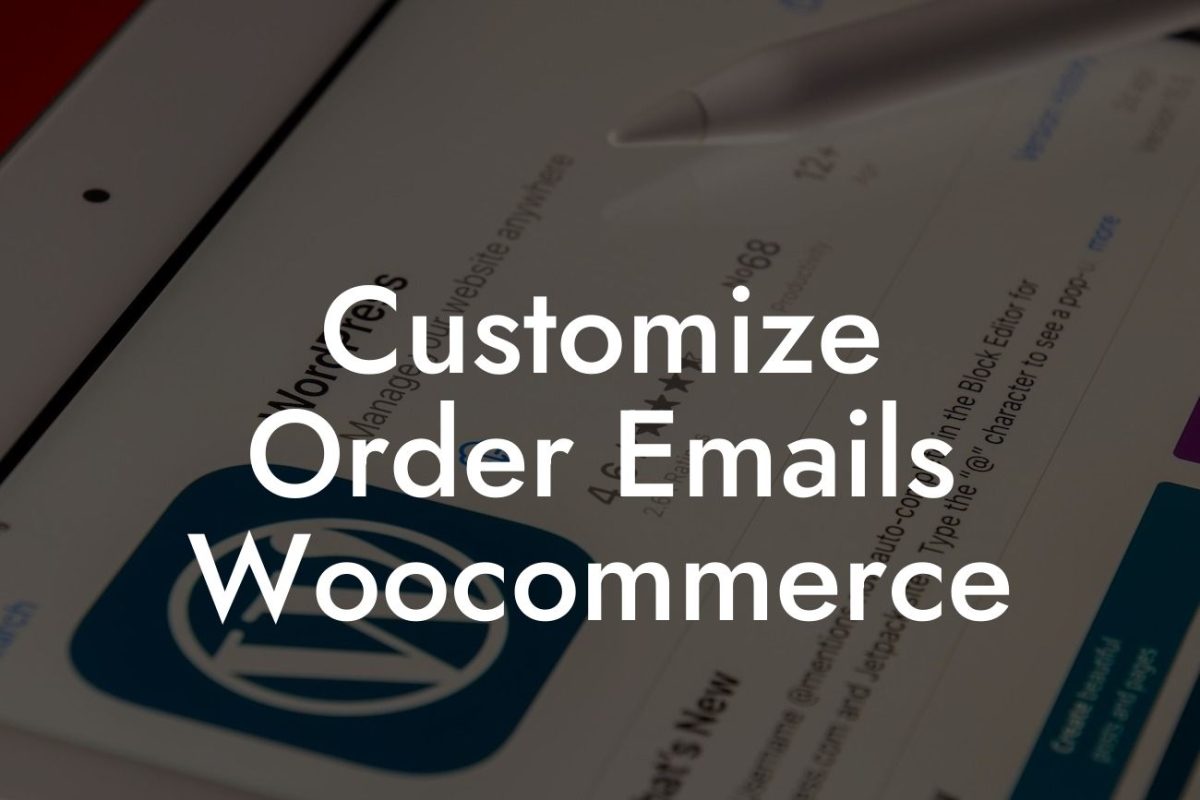Are you an entrepreneur or a small business owner looking to level up your online presence? If you've been struggling with your current e-commerce platform and want to explore a more versatile and powerful solution, then it's time to make the switch to WooCommerce. In this comprehensive guide, we will walk you through the process of transitioning your e-commerce website to WooCommerce, ensuring a seamless migration that maximizes your business potential.
Transitioning your e-commerce website from your current platform to WooCommerce might seem like a daunting task, but with the right strategies and tools, it can be a smooth and rewarding experience. Let's dive into the steps you need to follow for a successful migration:
1. Assess Your Current Website:
Before making any changes, it's crucial to evaluate your existing e-commerce website. Take note of its current functionalities, design, and any specific features that you want to retain or improve.
2. Choose a Suitable WooCommerce Theme:
Looking For a Custom QuickBook Integration?
One of the advantages of WooCommerce is the vast range of themes available. Select a visually appealing and responsive theme that aligns with your brand identity and suits your business needs. Customize it to create a unique and engaging online store.
3. Install Required Plugins:
WooCommerce offers a variety of plugins to enhance your website's performance and functionality. Install DamnWoo's plugins optimized specifically for small businesses and entrepreneurs, such as the Checkout Optimization Pro or the Marketing Booster, to supercharge your online success.
4. Migrate Product Data:
Transferring your existing product data to WooCommerce is crucial to maintaining continuity. Export your product information, including titles, descriptions, pricing, and images, from your current platform and import it into WooCommerce.
5. Set Up Payment Gateways:
Ensure that your customers have secure and convenient payment options by integrating suitable payment gateways. WooCommerce supports various popular gateways, such as PayPal, Stripe, and Authorize.net. Configure multiple gateways to provide flexibility for your customers.
6. Configure Shipping Methods:
Tailor your shipping methods to meet your business requirements. Set up shipping zones, rates, and options accurately in WooCommerce. This way, you can provide an optimal shopping experience for your customers, no matter where they are located.
How I Change My E Commerce To Woocommerce Example:
To illustrate the practicality of transitioning to WooCommerce, let's follow the journey of Sarah, a small business owner specializing in handmade accessories. Sarah decided to switch her e-commerce website to WooCommerce to take advantage of its robust features.
With DamnWoo's guidance and the easy-to-follow steps mentioned above, Sarah migrated her entire product catalog, set up attractive themes, and integrated effective plugins. The transition allowed her to provide a more seamless shopping experience to her customers, resulting in increased sales and customer satisfaction.
Congratulations! You now have the knowledge to smoothly transition your e-commerce website to WooCommerce. Embrace the extraordinary possibilities offered by DamnWoo's WordPress plugins, designed exclusively for small businesses and entrepreneurs like you. Don't forget to share this article with others who can benefit from it, explore other guides on DamnWoo, and try out our awesome plugins. Take the leap and accelerate your online success today!
[Promote DamnWoo plugins: Try our Checkout Optimization Pro or Marketing Booster plugins today!]

